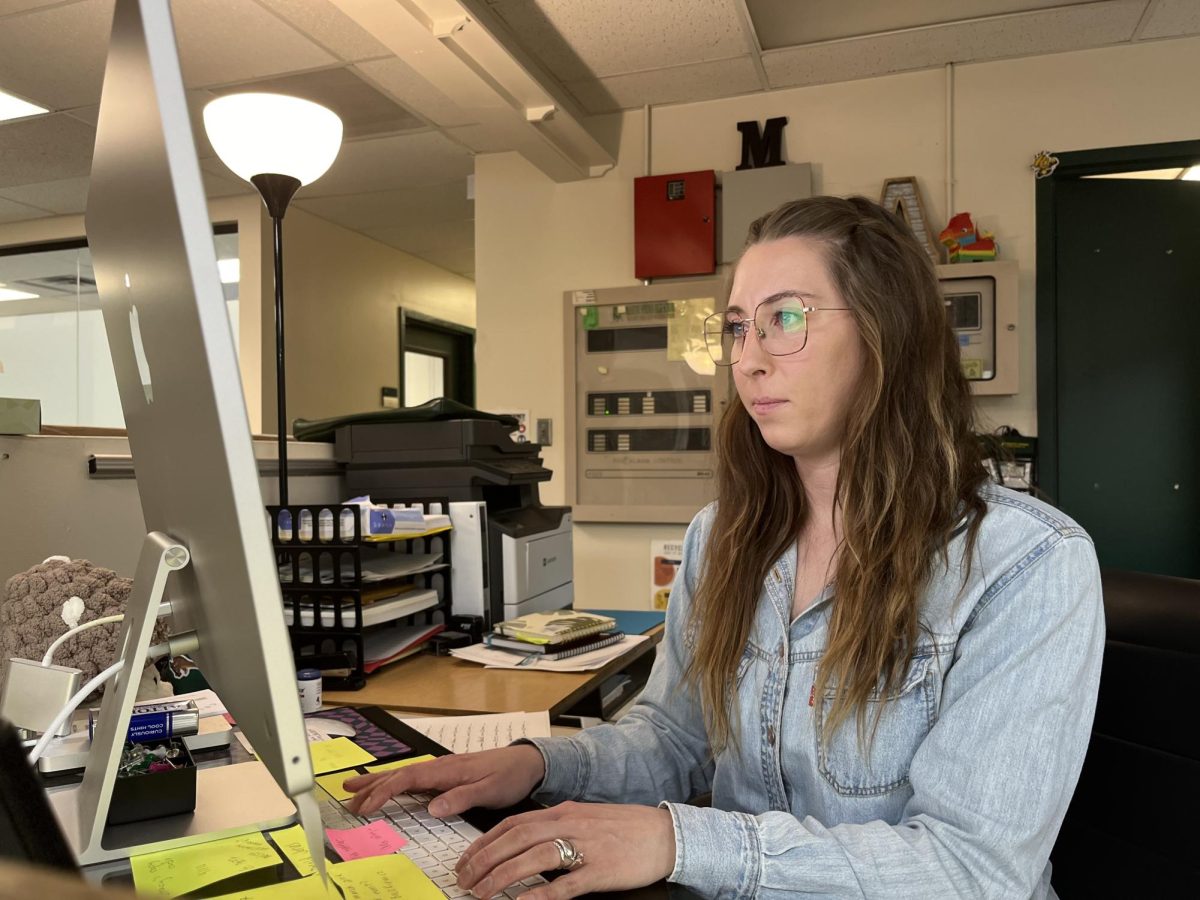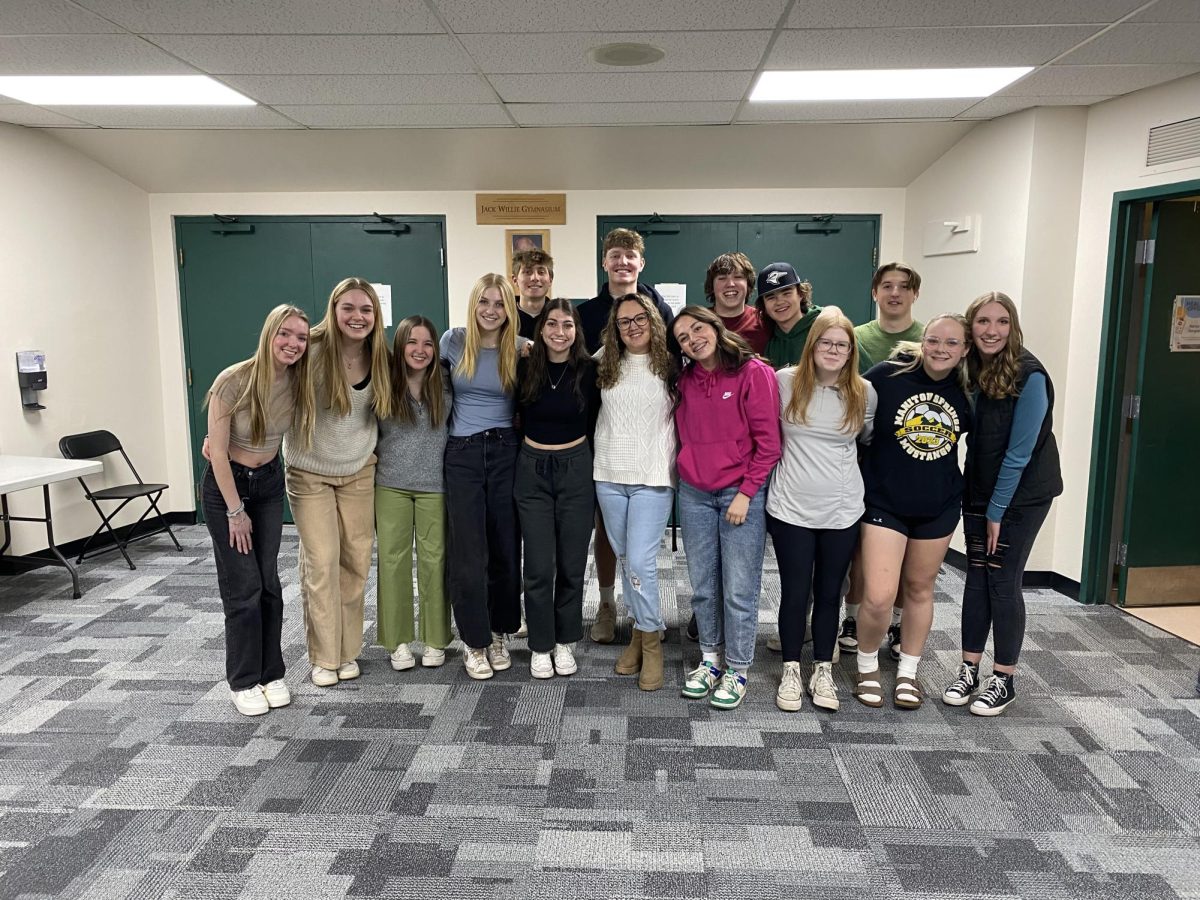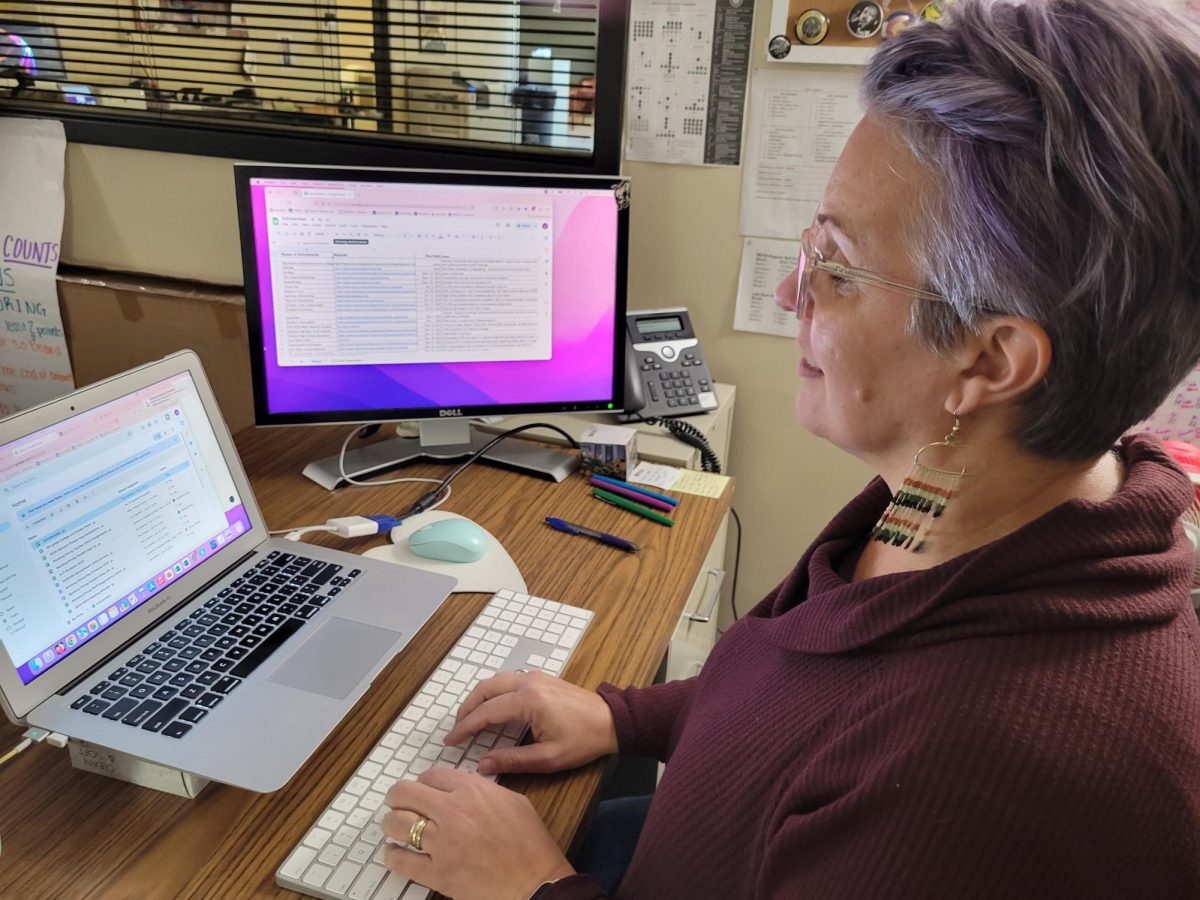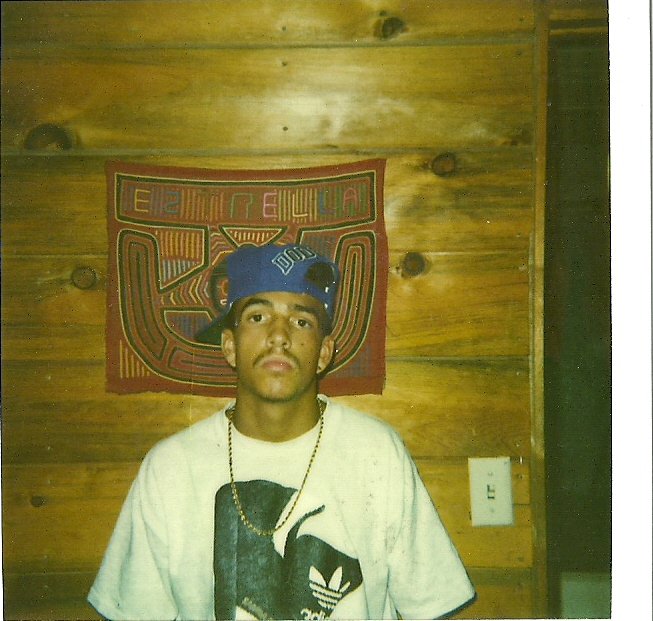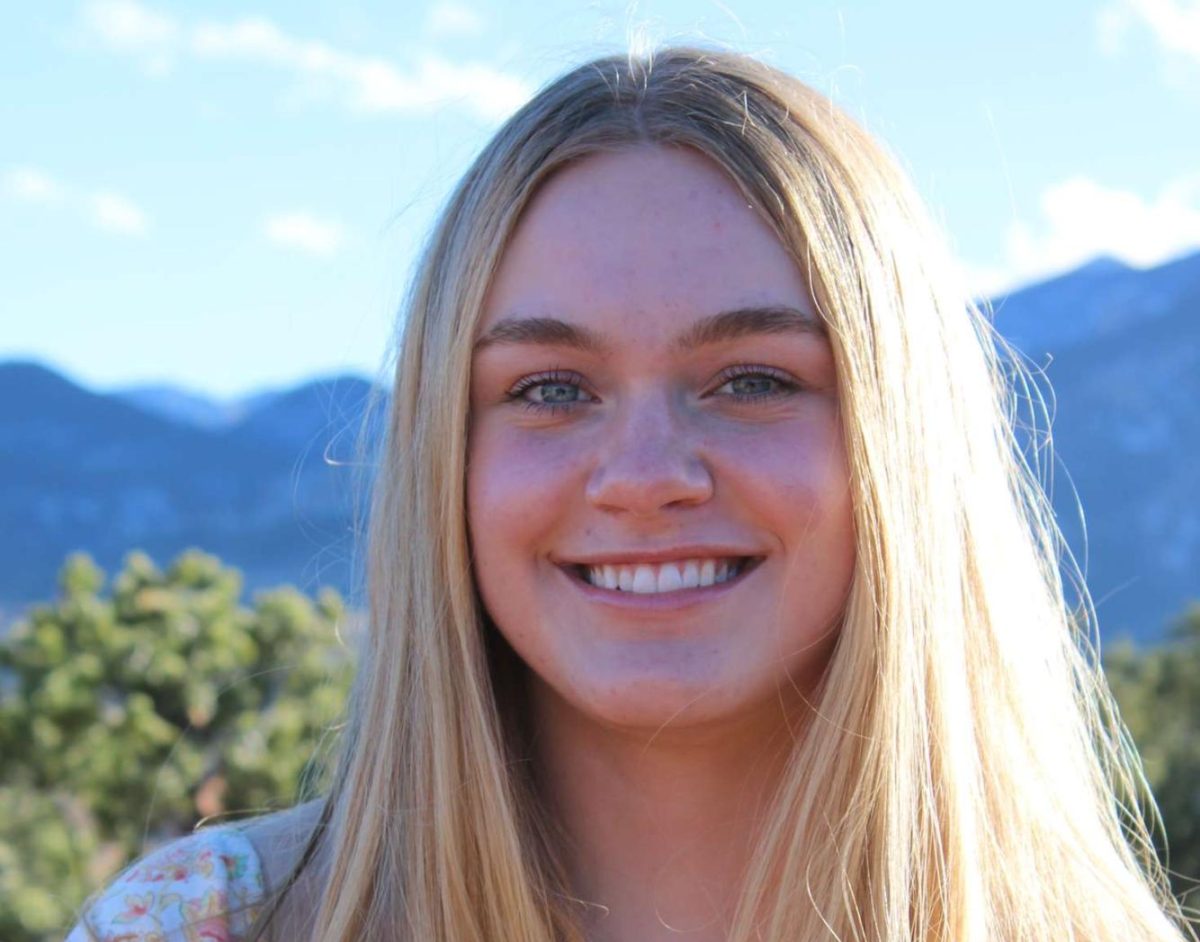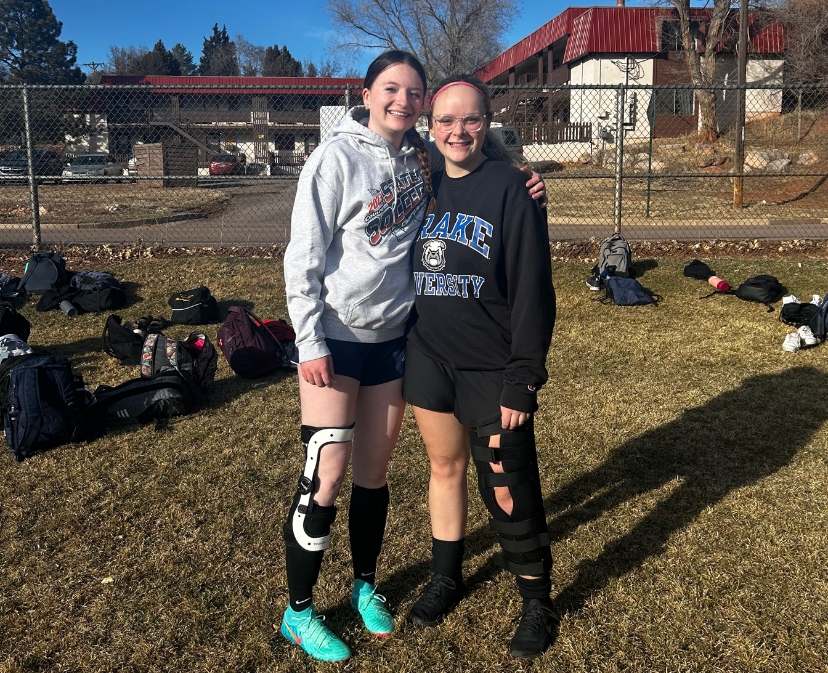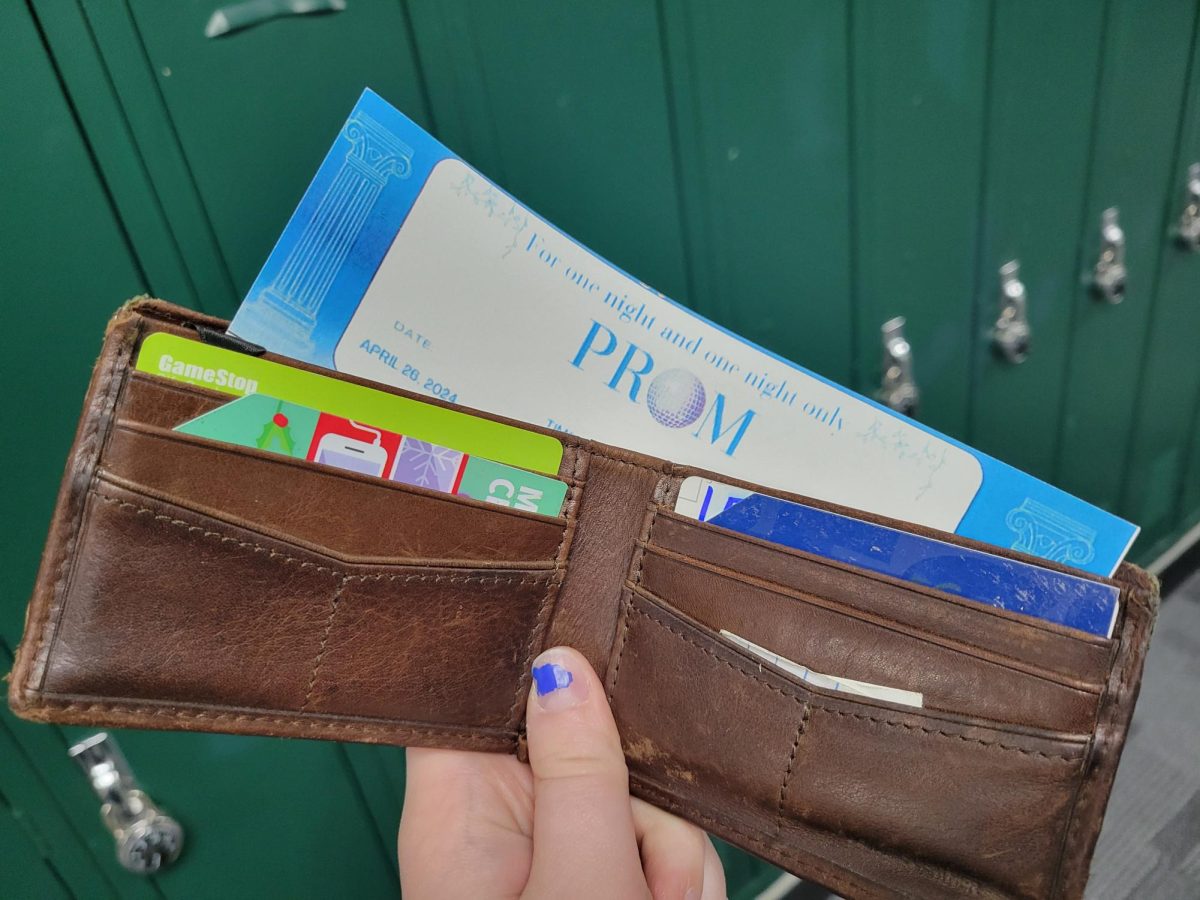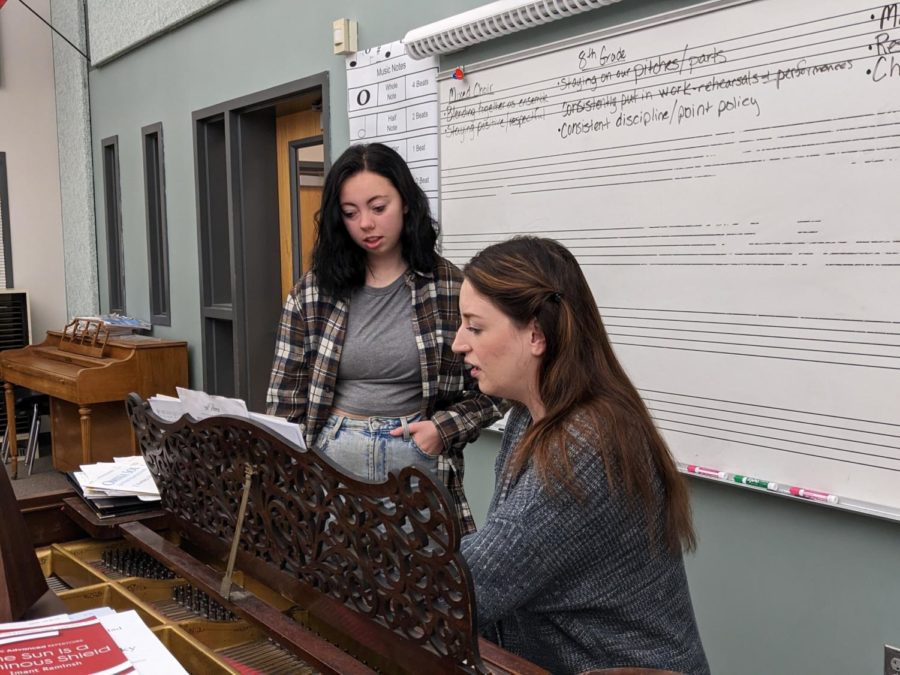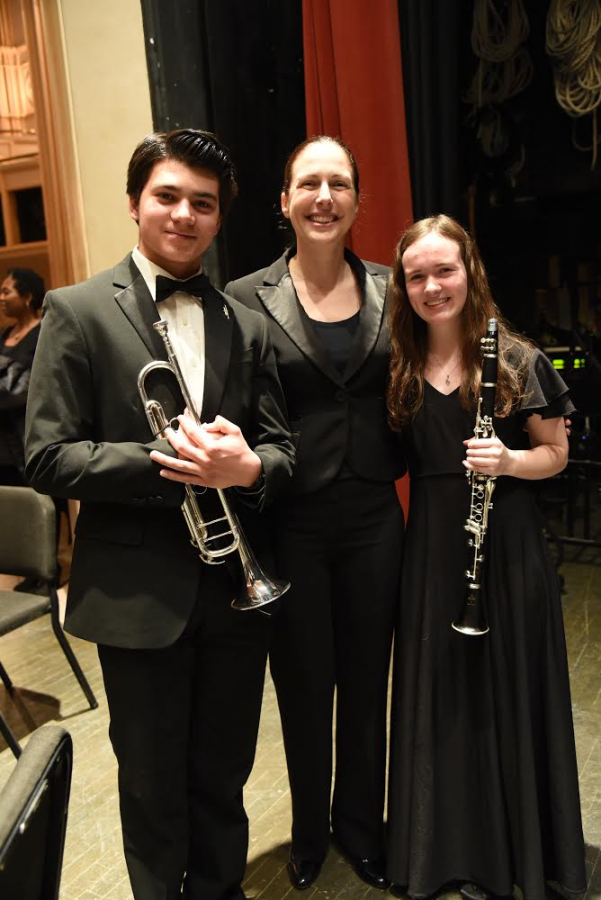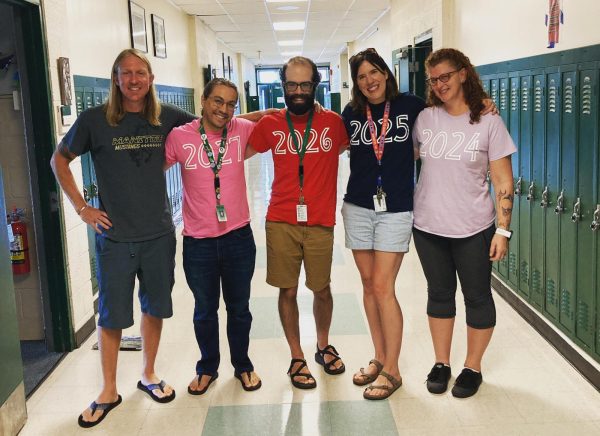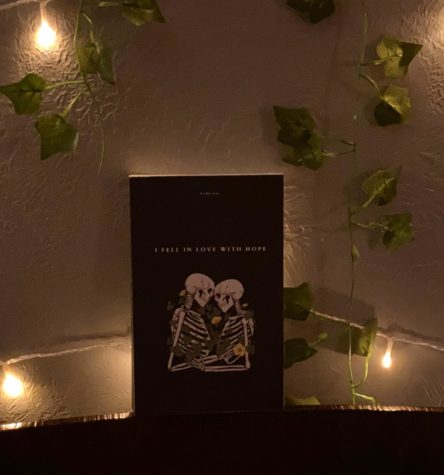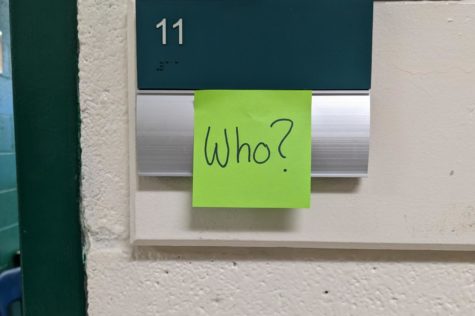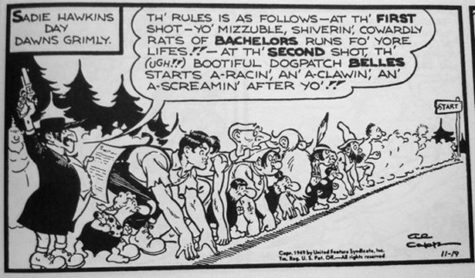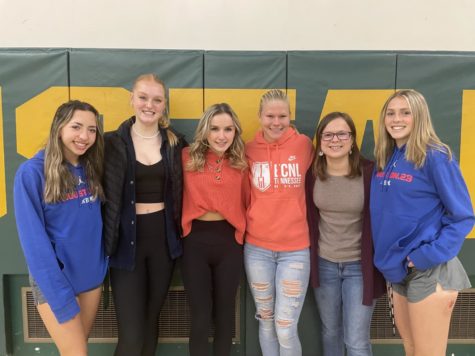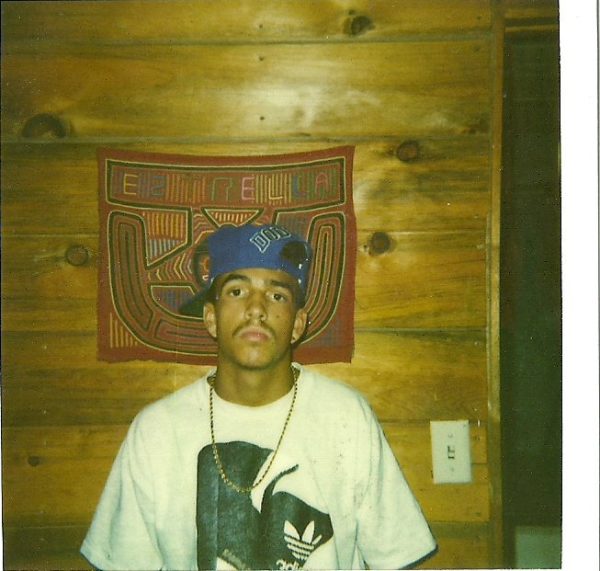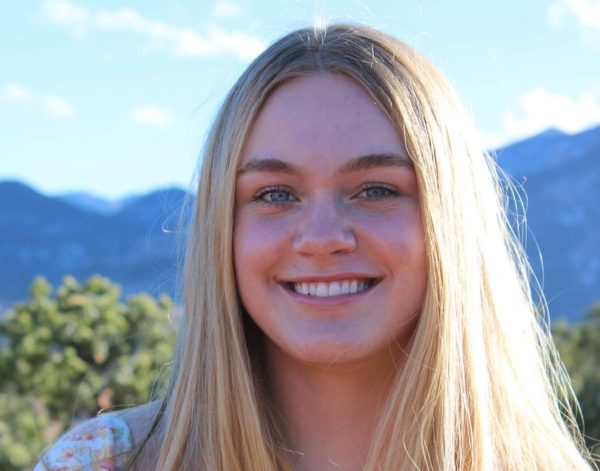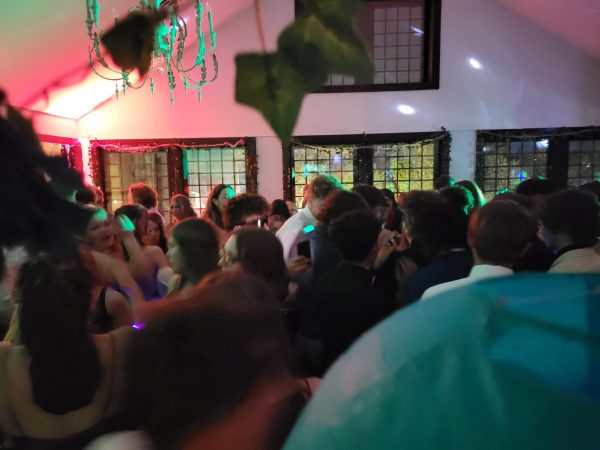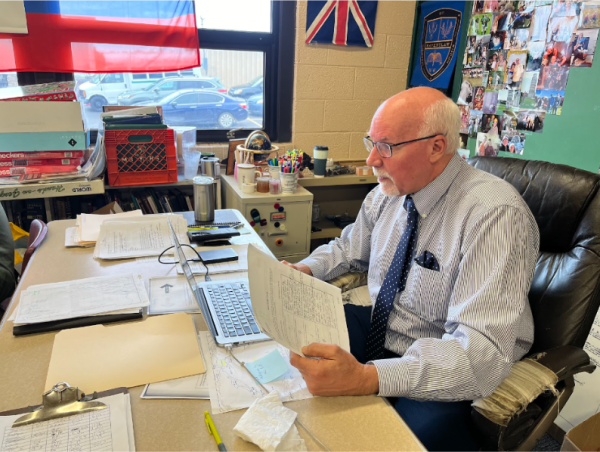How to prepare to apply to a visual arts college
Some colleges, like California Institute of the Arts, require entire sketchbooks to be submitted with an application.
February 7, 2023
Throughout a high school career, students will hear many tidbits of college advice, but often none of it applies to students wanting to apply to visual art colleges. Instead, they are left searching for college advice on their own.
What can you do early in your high school career to prepare yourself to attend a visual art college?
The most important thing you can do is practice and hone your craft. Whatever you want to go to college for, practice it as often as you can. Take classes that are focused on or adjacent to your major of choice and study outside of school. YouTube is full of helpful tutorials and video essays, as are many other places across the web. Cottonwood Arts Center, Bemis School of Art, and the ENT Center are local places that offer classes to high school students.
Keeping good grades is important no matter where you want to go, but art colleges tend to be more lenient. They look for As and Bs in your art classes, but they won’t look twice if you have a C in math. Art colleges also tend to not request or require PSAT scores.
Art colleges tend to prefer works that are personally poignant, original, creative and tell a story. If possible, try to practice creating art that falls into that category. It sucks to start working on a portfolio when you’ve only ever created art that pulls from other people’s work. It’s best to practice creating your own ideas sooner rather than later.
How do you pick colleges to apply to?
First, make a list of the criteria you want to choose your schools from. It’s helpful to know what major you want to go for, but if you can’t decide, make sure you have a general idea of what you want. Are you going to a performing arts school or a visual arts one? If you haven’t decided, do you want to go to a school that doesn’t require you to declare a major right away? Other things you might consider are your price range, the college’s acceptance rate, and location.
Next, use the internet to look up colleges that fall under your criteria. I recommend making a list of four to ten that pique your interest. It’s good to vary them from ones you’re certain you can get into to your dream schools, with a few inbetween. That way you have a plethora of options to choose from when acceptance letters come back.
Once you have your list, it’s good to do more research every few weeks to make sure the colleges you chose still match your goals.
How do you make a portfolio?
It’s important to choose the colleges you plan to apply to before you start crafting your portfolio because every visual arts school has different portfolio guidelines. For every college on your list, visit their website and find out what those portfolio guidelines are. Typically, most require 12 to 20 works that display your artistic abilities and an essay. Others require additional material. Minneapolis College of Art and Design requires a still life, landscape, self portrait, and interior space to be included in your portfolio. California Institute of the Arts requires an entire sketchbook and fifteen observational figure drawings also be submitted. By researching college portfolio guidelines ahead of time, you make sure these additional requirements don’t sneak up on you.
Once you know what you need for your portfolio, make a list and create a timeline for specific pieces. If you have the spare credits, an independent study with our art teachers, Erin Gocinski or Paul Bonner could give you the time and organization for that.
Once you have the bare bones of your portfolio created, there are places where you can receive review and additional help.
Most colleges have online webinars you can attend from their websites. Usually you’ll get to see a presentation from their admissions counselors and hear first hand how they decide who gets into their school and who doesn’t. You can treat this like a cheat sheet, giving you a leg up on the other students who are applying.
Every fall, right before most early admission deadlines, you can attend National Portfolio Day at the Rocky Mountain College of Art and Design in Denver. There, you can have your portfolio reviewed, for free, by admissions counselors from schools all over the country. They can give you invaluable personal advice on the things they think you could improve on.
How do you find scholarships to apply for?
This is frankly one of the hardest parts of preparing for college. Instead of trying to find scholarships yourself, email the financial aid department of every school you want to apply to and ask them what scholarships their school offers, and most importantly, ask them what outside scholarship opportunities they recommend. This shows you legitimate scholarships that cater toward the students who attend their school.



